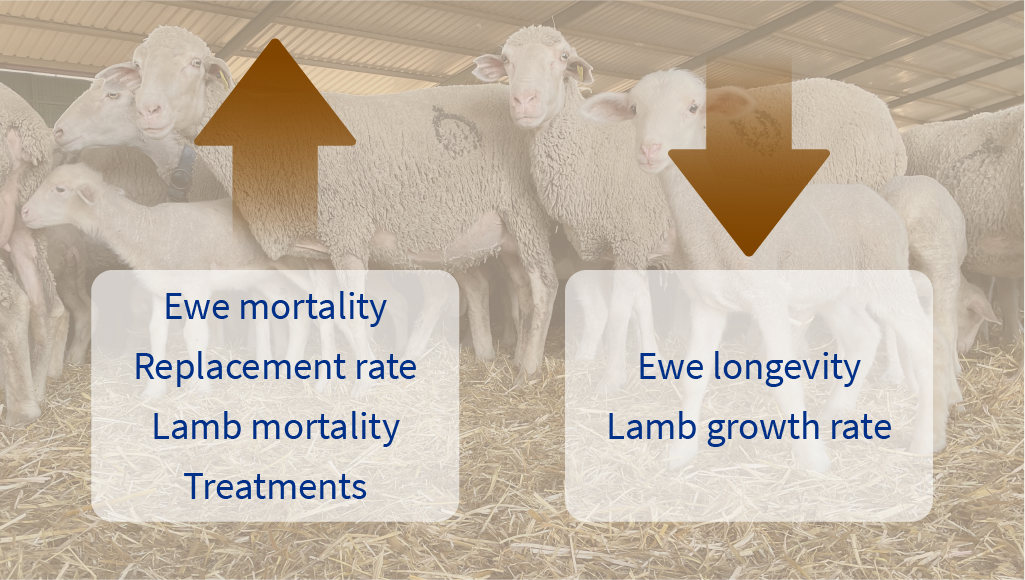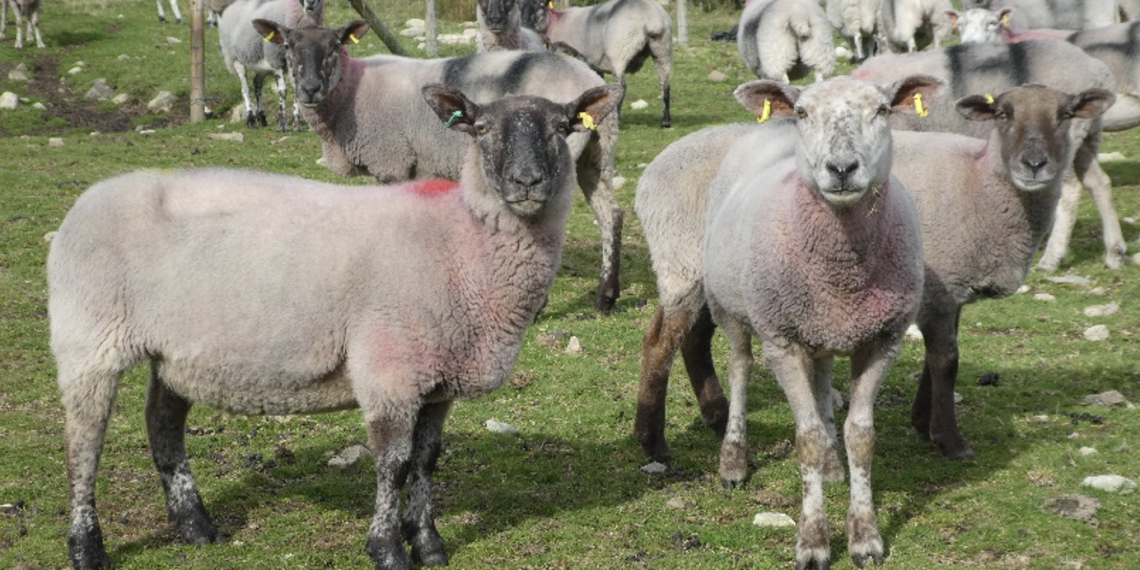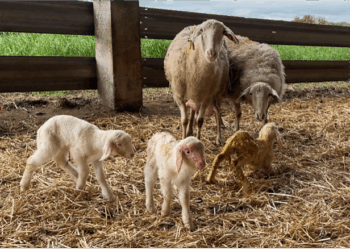When we think of mastitis, we usually imagine a herd of dairy sheep or goats, but the reality is that this disease also affects meat animals. Mastitis has a great economic impact on meat sheep farms, meaning it is always advisable to implement prevention measures. What is the cause of the losses?
Impact of mastitis
Mastitis is a very common disease in meat sheep flocks, and is also the cause of great economic losses.
The main pathogens are Staphylococci although Mannheimia is also the cause of a large number of cases.
Mastitis normally presents with hyperacute and severe cases, but there are also chronic and subclinical cases, although they are more difficult to detect.

The main cause of the high cost of the disease is the increase in mortality. Cases of mastitis usually result in the death or premature slaughter of the sheep, increasing the replacement rate and decreasing the longevity of the animals. An increase in replacement involves a great economic effort, as well as the fact that in a herd with young animals, it also means worse reproductive efficiency.
Most economic losses come from an increase in mortality and replacement rate
At the same time, mastitis affects the production and quality of milk, and consequently the growth of lambs. It has been observed that the percentage of fat and protein is lower in animals with mastitis, so fewer nutrients are provided to the lamb and its survival is put at risk.
In one study, the weight of lambs with mothers with mastitis at 50 days of age was 3.5 kg less than that of lambs with healthy mothers.
Another point to take into account is the treatments. Some clinical cases may require the use of antibiotics and anti-inflammatory agents, although in severe cases euthanasia of the animal is necessary.
If it is decided to treat the animal, it is necessary to establish the best therapeutic plan to avoid the appearance of antimicrobial resistance.
How many cases are there?
In meat sheep flocks, a 3% prevalence of clinical cases per year has been observed, although cases of flocks with 9% prevalence have been reported. Additionally, more than 10% of ewes may have intramammary masses indicative of mastitis during pregnancy and lactation. (Grant et al, 2016)

Regarding subclinical mastitis, one study (Watkins et al, 1991) analysed milk samples from all the ewes of seven flocks and recorded an incidence of 11.7%.
Conclusions
– Mastitis is the cause of large losses in meat herds.
– It is necessary to be aware of its prevalence and impact on farms.
– It is always advisable to establish prevention measures such as reducing risk factors and vaccination.
Article written by:
Tania Perálvarez Puerta. Global Product Manager, Small Ruminants Franchise – HIPRA
References
- Page, P., et al. (2021) Mastitis in meat sheep. September 2021Livestock 26(5):248-253
- Grant, C., et al. (2016) A longitudinal study of factors associated with acute and chronic mastitis and their impact on lamb growth rate in 10 suckler sheep flocks in Great Britain. Prev Vet Med 2016 May 1:127:27-36
- Moroni, P., et al. (2007) Effect of intramammary infection in Bergamasca meat sheep on milk parameters and lamb growth. Journal of Dairy Research (2007) 74 340–344.
- Koop, G., et al. (2015) Staphylococcus aureus mastitis in Texel sheep associated with suckling twins. Veterinary Record 2010 167: 868-869. Short communication




